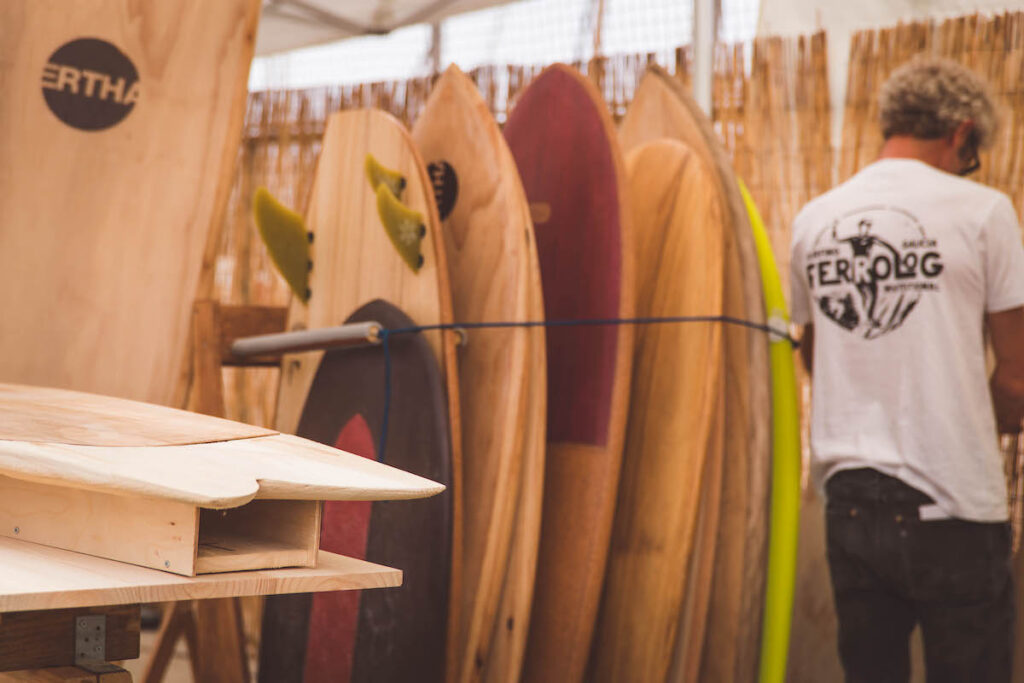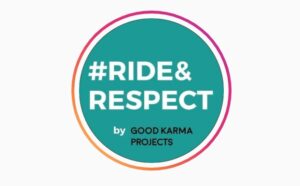The surfing community, in its vast majority, feels a strong connection to nature and preserving the environment is a relevant concern in their way of life, but to what extent do these values influence surfers’ buying processes? Are there other factors that may have more influence?

Ride & Respect wants to shed light on this question; through research in collaboration with universities, our goal is to understand the needs of the surfing community to be able to propose and facilitate an ecological transition of the sport that brings added value to all parties.
Our first step focuses on the most important and iconic symbol of the sport; the surfboard. A product that has been made for more than 50 years of highly polluting and toxic petrochemical materials such as polyester resin and polyurethane foam which, in turn, have a very difficult management once their useful life is over. Currently, there are more sustainable alternatives based on other materials and processes, but they represent less than 5% of the market. When we talk about more sustainable surfboards we mean a board with the same technical performance as any modern board, while reducing environmental and toxic impacts through the use of more sustainable materials and manufacturing processes that are more respectful of the environment and with the workers who produce them.
However, the concept of “sustainable” is not an absolute truth, it is multidimensional, and one has to ask in each case what aspects can make a surfboard more or less environmentally friendly. Sustainability can be achieved in many ways, not only with eco-friendly materials. Durability, where it is produced, health or social issues also have to be taken into account. You can buy something made of organic materials but if it comes from the other side of the world and has been manufactured with low quality standards maybe it is not so sustainable… In short, the key issue is to ask yourself the right questions when considering buying your next surfboard.
For all this, in order to have a solid base to start working on, we want to ask the surfing community about what things are important when evaluating the purchase of a more sustainable surfboard through a simple survey that you can find on this link (the survey is aimed at surfers who surf regularly in Spain, is completely anonymous and takes between 5 and 10 minutes to complete).
We must be responsible and interested in the consequences of our actions in order to understand the impact we generate and the things we can change, even if it’s just a little bit at a time; many grains of sand make a beach.
Let’s participate and share!


